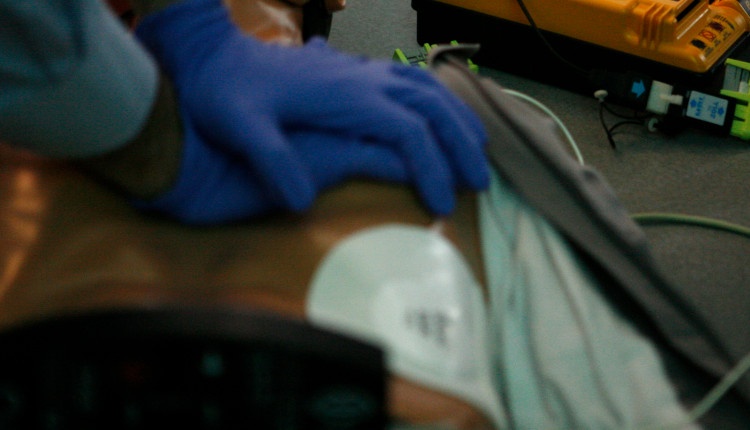
'D' for deads, 'C' for cardioversion! - Defibrillation and fibrillation in paediatric patients
Defibrillation is considered a life-saving practice. But, have you ever considered that defibrillation is a practice for deads?
It seems illogical, however, it is so! Defibrillation: you defibrillate someone who is practically dead. There’s no breath, there’s no pulse…life is flying away. So, as Pedi-Ed-Trics reports, the website founded by the nurse expert Scott DeBoer, in his Peds Pearls: “Defibrillation begins with “D” and that’s for dead people… not our favorite scenario.” (links at the end of the article).
‘C’ comes before ‘D’: defibrillation practice
In particular, the issue that Dr DeBoer highlights is that our patient could need another practice before the defibrillation.
Dr DeBoer reports that is quite handy when your patient is in ventricular fibrillation (V-fib). And when we think of that particular machine and use of electricity, we should remember that ‘C’, as in cardioversion, comes before ‘D’ in the alphabet. So, what do you do if your patient is not in V-fib, but is in supraventricular tachycardia (SVT) with a rate that is clearly too fast?
If they are conscious and able to say, ‘Please don’t put those paddles on my chest,’ they probably don’t need to have the paddles put on their chest. In that case, it would probably be very appropriate to consider the other ‘D’ in our lexicon… drugs (adenosine, diltiazem, etc.). And even if your patient is unstable, but still at all conscious, drugs for sedation should seriously be considered before cardioversion. Shooting electricity through the chest really is not a pleasant experience!
‘C’ comes before ‘D’: cardioversion
The point is: if a person seems to be crashing in front of you, but is still alive with a pulse and a pressure, synchronized cardioversion is indicated.
Cardioversion begins with a “C” and it’s for patients who are “C”rashing. If your patient is not dead, but only “half-dead,” the energy for cardioversion is half the defib dose (2j/kg) and that means 1j/kg.
Defibrillation VS Drugs? According to Dr DeBoer, in some cases of cardioversion on children, on a regular basis use doses as low as 0.25-0.5j/kg. However, in the ER, half the dead person dose is much easier to remember.
In a very small child, it is distinctly possible that you won’t be able to dial in the “exactly correct” dose for either defibrillation or cardioversion. You will often fall between numbers on the dial. If the dial choices are 15j and 20j, but you need 18j, go big (20j) or go home! Make sure you go over rather than under.
It’s like a reverse ‘Price is Right’ game where you want to get closest, without going under, the formula amount.
The practice of cardioversion is for the patient who still has a perfusing rhythm and when you want the electricity to be delivered at the right point of the cardiac cycle to avoid shocking the heart into V-fib.
It is crucial to remember to hit the ‘Sync’ button prior to each cardioversion attempt to ensure that cardioversion, not defibrillation, is done. Your patient has a pulse, rhythm, and a QRS complex; it’s just REALLY fast.
Defibrillating SVT can disrupt the QRS complexes and cause a full arrest. This would look really bad (and is so much more paperwork).


